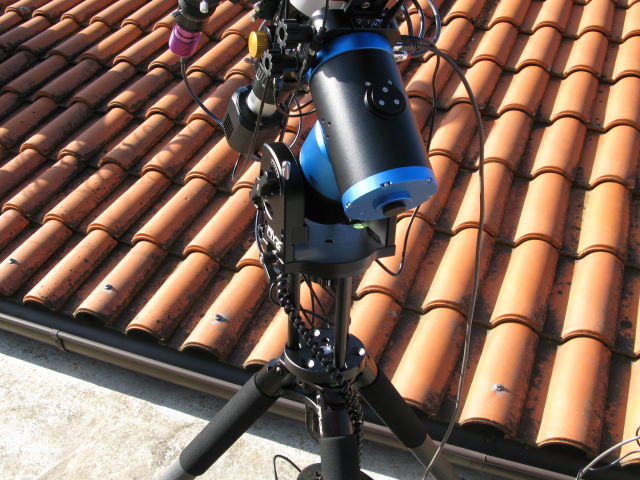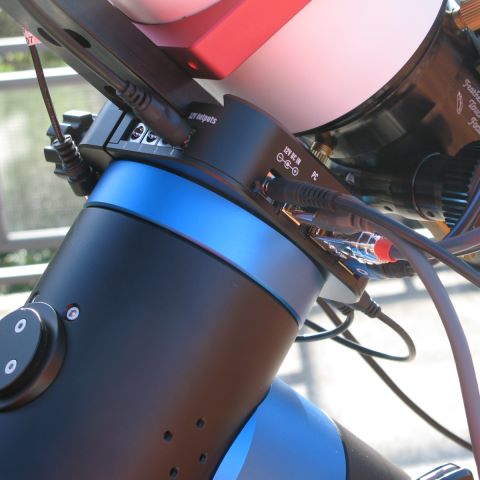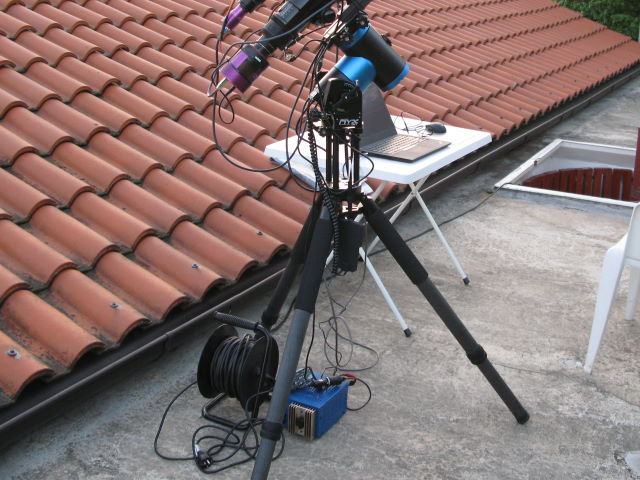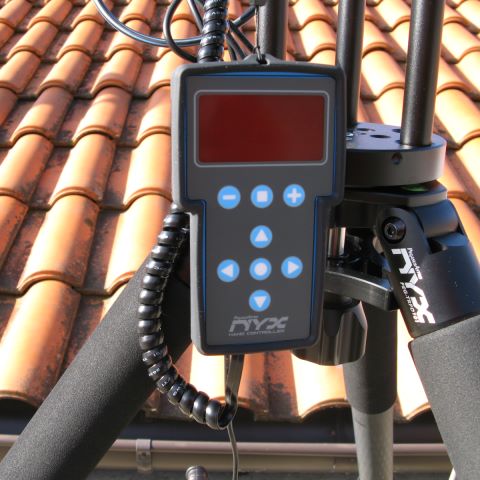
Pegasus Astro NYX-101 has replaced Losmandy GM-8 as my primary imaging mount. NYX-101 is a harmonic drive mount that for payloads up to 20kg needs no counterweights. The mount is well built but not too heavy, only about 7kg. That makes it very convenient for me, since I have no permanent setup. When I want to do some imaging I have to set up the equipment from the scratch. Compared to Losmandy GM8 there is less to carry, and set up time is almost halved.
To help with polar alignment the mount is prepared to accept QHY Polemaster. With its help accurate polar alignment can be achieved within 10 minutes. Knobs and mechanism to adjust and fix Altitude and Azimuth could be better, but after some time you get used to them.
Regarding guiding precision, the mount is not the best for unguided imaging. That is typical for harmonic drive mounts without encoder. But it is performs very well for guided imaging and visual use. I guide it with PHD2 using Predictive PEC and 1s guiding intervals with very good results.
Unlike my completely manual GM-8, this is a robotic mount that can find the imaging targets automatically. After 3 Star Alignment routine objects are consistently positioned on the imaging sensor using 650mm FL telescope, even with smaller sensors like IMX178. That really saves a lots of time and makes imaging sessions more productive.


